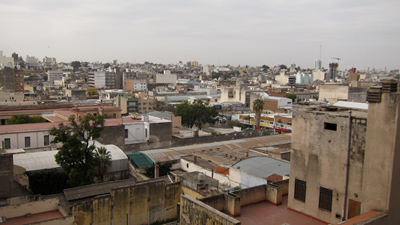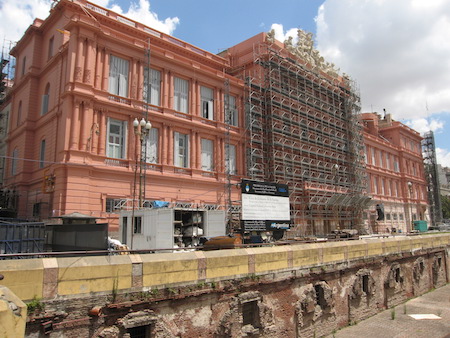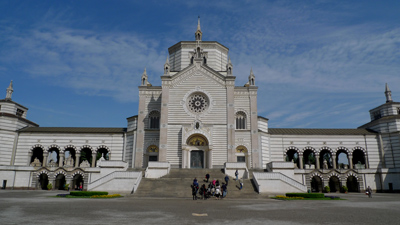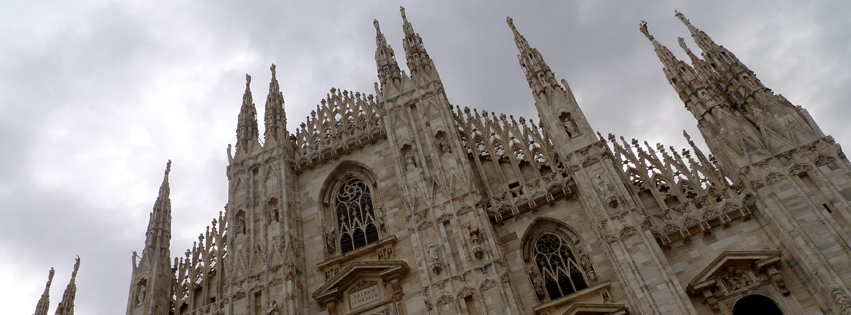montevideo: first impressions
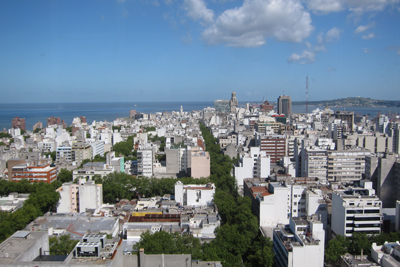
Living in Argentina’s capital city for 12 years, somehow I’d never been to the capital of Uruguay, just across the river. We all know the Río de la Plata is actually a super-wide delta, so the “quick” ferry takes 3 hours & a flight averages 50 minutes. Montevideo isn’t really as close as it appears on a map:
Read More »montevideo: first impressions